Pierre-Joseph Redouté: The Raphael of flowers
O my Luve is like a red, red rose That’s newly sprung in June; O my Luve is like the melody That’s sweetly played in tune. -Robert Burns, 1794
 Robert Burns might compare his love to a beautiful rose, but when it comes to flowers of the Regency era, no painter could compare to Pierre-Joseph Redouté (1759 –1840). A painter and botanist from the Southern Netherlands, known for his watercolours of roses, lilies and other flowers at Malmaison, he has been called "the Raphael of flowers."
Robert Burns might compare his love to a beautiful rose, but when it comes to flowers of the Regency era, no painter could compare to Pierre-Joseph Redouté (1759 –1840). A painter and botanist from the Southern Netherlands, known for his watercolours of roses, lilies and other flowers at Malmaison, he has been called "the Raphael of flowers."Why not explore our Georgina Nightwear Collection that features beautiful blue and peach blossom designs.
Redouté was an official court artist of Marie Antoinette, and he continued painting through the French Revolution and Reign of Terror. Redouté survived the turbulent political upheaval to gain international recognition for his precise renderings of plants, which remain as fresh in the early 21st century as when first painted. He collaborated with the greatest botanists of his day and participated in nearly fifty publications depicting both the familiar flowers of the French court and plants from places as distant as Japan, America, South Africa, and Australia.
He was painting during a period in botanical illustration (1798 – 1837) that is noted for the publication of outstanding folio editions with coloured plates. Redouté produced over 2,100 published plates depicting over 1,800 different species, many never rendered before. Today he is seen as an important heir to the tradition of the Flemish and Dutch flower painters Brueghel, Ruysch, van Huysum and de Heem.
 Redouté was born July 10, 1759, in Saint-Hubert, in the present-day Belgian Province of Luxembourg. Both his father and grandfather were painters, and his elder brother, Antoine Ferdinand, was an interior decorator and scenery designer. He would never gain much in the way of formal education, instead leaving home at the age of 13 to earn his living as an itinerant painter, doing interior decoration, portraits and religious commissions. Eventually, in 1782, he made his way to Paris to join his brother in painting scenery for theaters.
Redouté was born July 10, 1759, in Saint-Hubert, in the present-day Belgian Province of Luxembourg. Both his father and grandfather were painters, and his elder brother, Antoine Ferdinand, was an interior decorator and scenery designer. He would never gain much in the way of formal education, instead leaving home at the age of 13 to earn his living as an itinerant painter, doing interior decoration, portraits and religious commissions. Eventually, in 1782, he made his way to Paris to join his brother in painting scenery for theaters.In Paris, Redouté met the botanists Charles Louis L'Héritier de Brutelle and René Desfontaines, who steered him towards botanical illustration, a rapidly growing discipline. L'Héritier became his instructor, teaching him to dissect flowers and portray their specific characteristics with precision. L'Heritier also introduced Redouté to members of the court at Versailles, following which Marie Antoinette became his patron. Redouté eventually received the title of Draughtsman and Painter to the Queen's Cabinet.
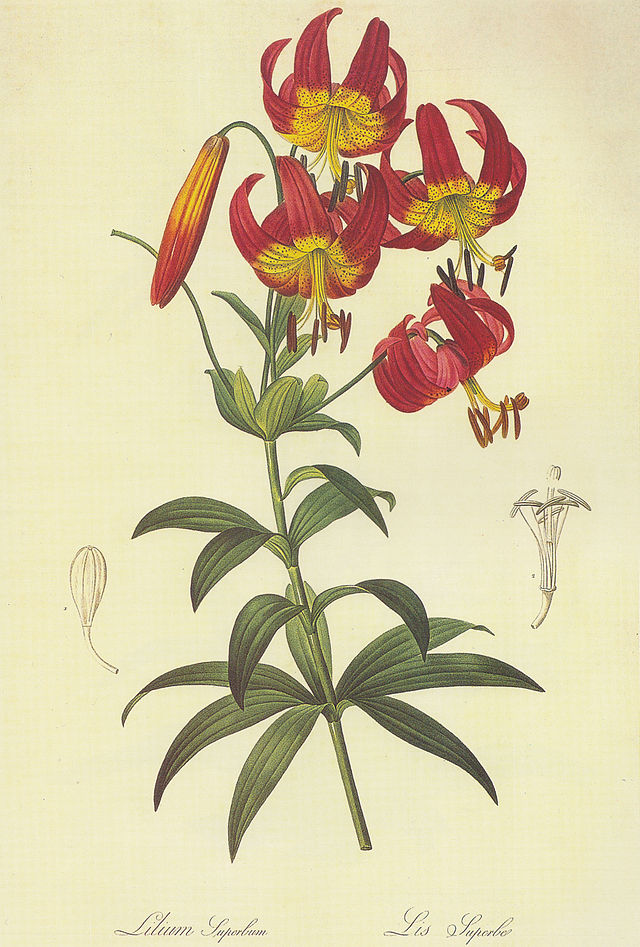 Cheveau, a Parisian dealer, brought the young artist to the attention of the botanical artist Gerard van Spaendonck at the Jardin du Roi, which would become the Jardin des Plantes of the National Museum of Natural History in 1793, after the Revolution. Van Spaendonck became another of Redouté's teachers, especially influencing his handling of watercolor.
Cheveau, a Parisian dealer, brought the young artist to the attention of the botanical artist Gerard van Spaendonck at the Jardin du Roi, which would become the Jardin des Plantes of the National Museum of Natural History in 1793, after the Revolution. Van Spaendonck became another of Redouté's teachers, especially influencing his handling of watercolor. 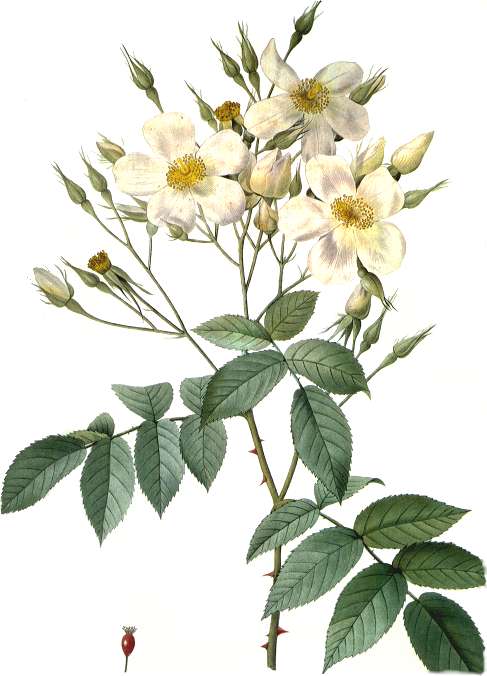 In 1786, Redouté began to work at the National Museum of Natural History cataloguing the collections of flora and fauna and participating in botanical expeditions. In 1787, he left France to study plants at the Royal Botanic Gardens, Kew near London, returning the following year. In 1792 he was employed by the French Academy of Sciences. In 1798, Empress Joséphine de Beauharnais, the first wife of Napoleon Bonaparte, became his patron and, some years later, he became her official artist. In 1809, Redouté taught painting to Empress Marie-Louise of Austria.
In 1786, Redouté began to work at the National Museum of Natural History cataloguing the collections of flora and fauna and participating in botanical expeditions. In 1787, he left France to study plants at the Royal Botanic Gardens, Kew near London, returning the following year. In 1792 he was employed by the French Academy of Sciences. In 1798, Empress Joséphine de Beauharnais, the first wife of Napoleon Bonaparte, became his patron and, some years later, he became her official artist. In 1809, Redouté taught painting to Empress Marie-Louise of Austria. 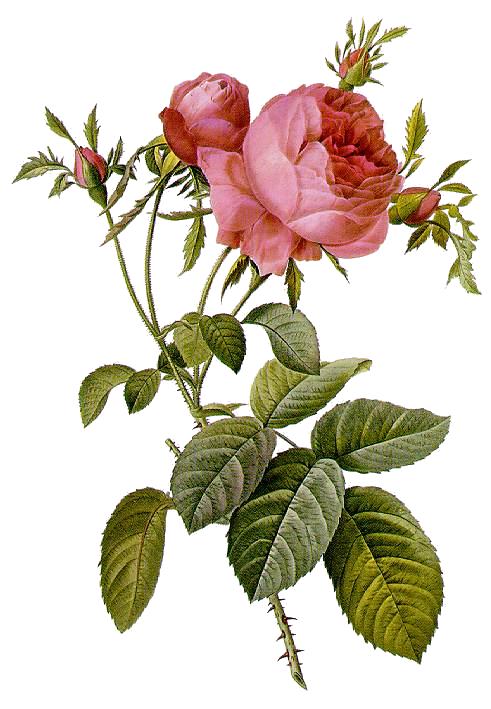
After Empress Joséphine's death in 1814, Redouté had some difficult years until he was appointed a Master of draughtsmanship for the National Museum of Natural History in 1822. In 1824, he gave some drawing classes at the museum. Many of his pupils were aristocrats or royalty. He became a Chevalier of the Legion of Honour in 1825. Although particularly renowned for his botanical exploration of roses and lilies, he thereafter produced paintings purely for aesthetic value. 

Redouté died suddenly on June 19 or 20, 1840, and was interred in Père Lachaise Cemetery. A Brussels school bears his name: the Institut Redouté-Peiffer in Anderlecht.
For that something truly special, our Gold Plated Sterling Silver Fede Ring shows two clasped hands holding a flower made of Garnet and Pearl.

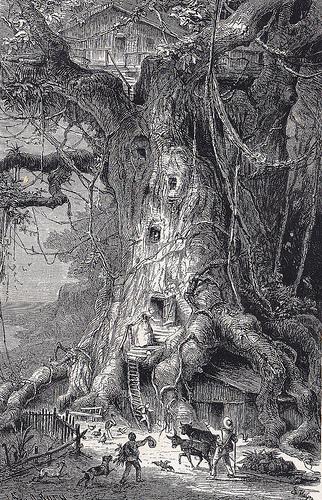
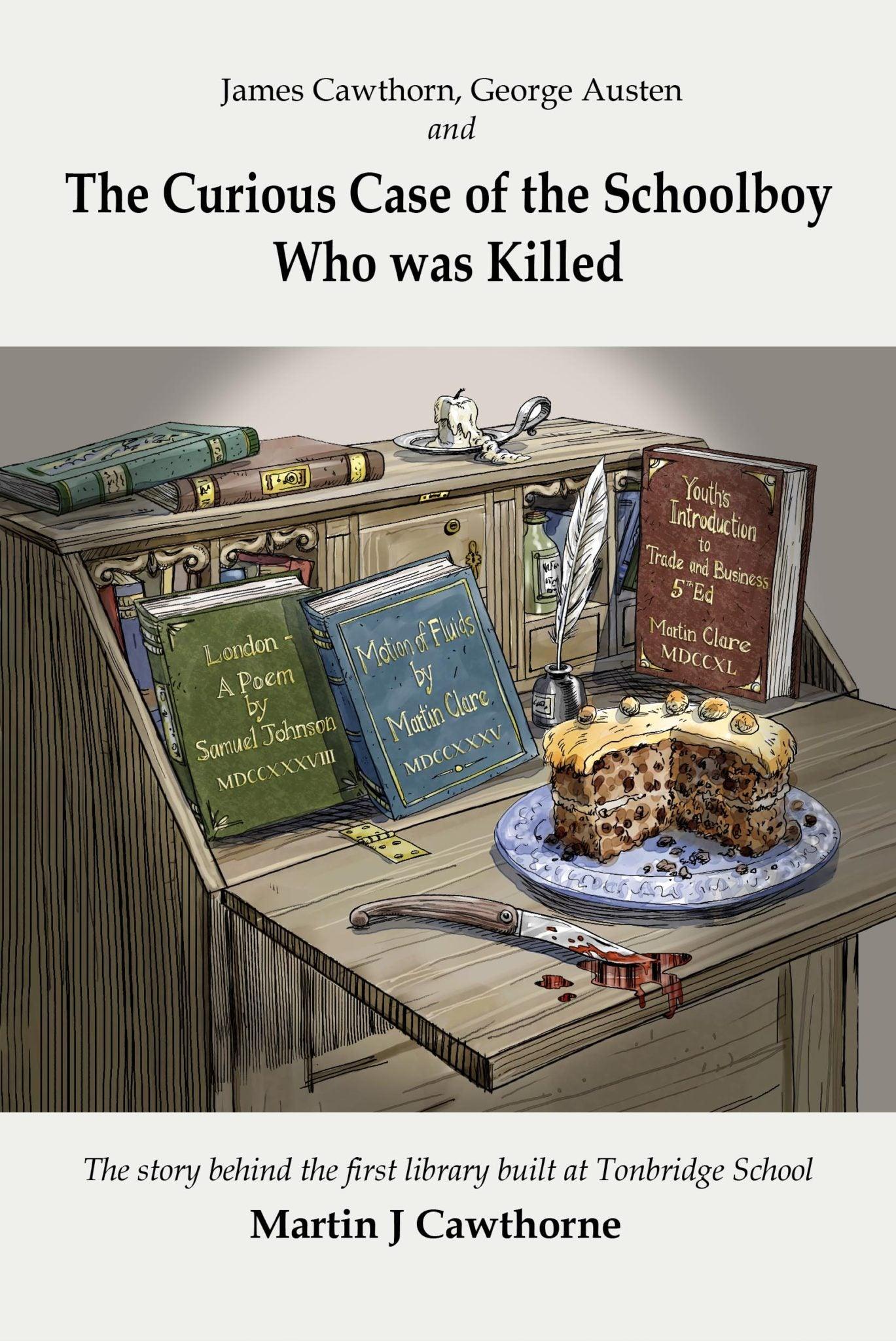
1 comment
En donde puedo adquirir sus dibujos.?
Elena Martinez
Leave a comment
This site is protected by hCaptcha and the hCaptcha Privacy Policy and Terms of Service apply.